
How to Use LM393 Hall Effect Sensor Module: Examples, Pinouts, and Specs
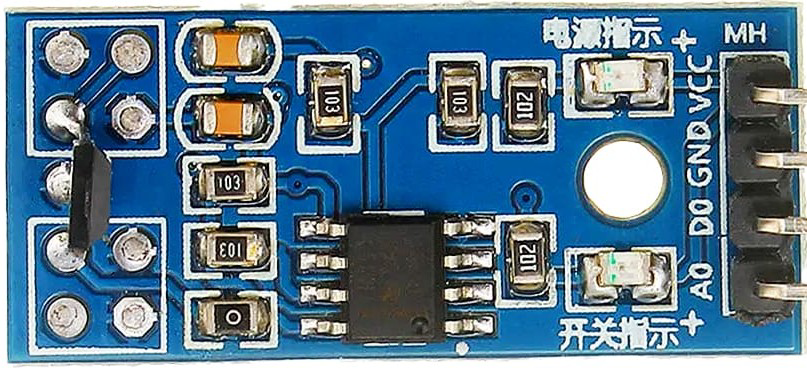
 Design with LM393 Hall Effect Sensor Module in Cirkit Designer
Design with LM393 Hall Effect Sensor Module in Cirkit DesignerIntroduction
The LM393 Hall Effect Sensor Module is a versatile electronic component designed to detect magnetic fields using the Hall effect principle. It provides a digital output signal that indicates the presence or absence of a magnetic object. This module is widely used in applications such as proximity detection, speed measurement, position sensing, and magnetic field detection.
Explore Projects Built with LM393 Hall Effect Sensor Module
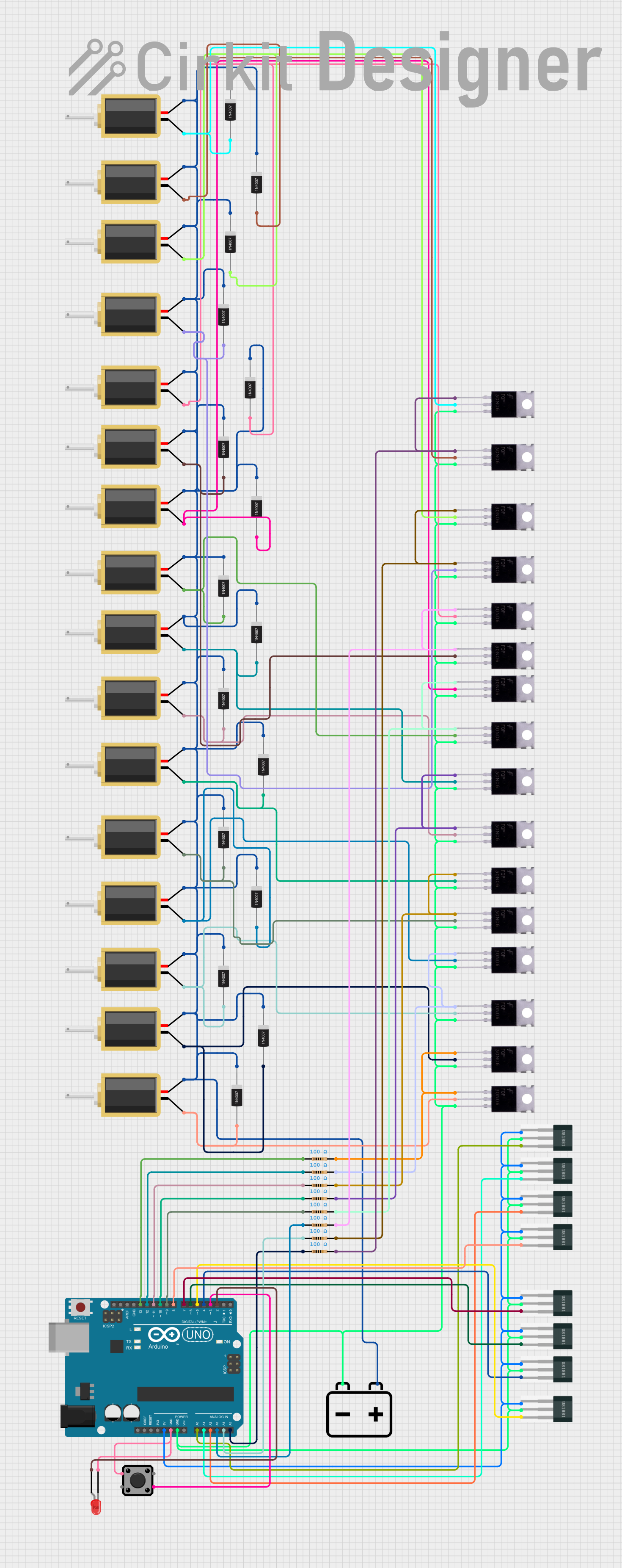
 Open Project in Cirkit Designer
Open Project in Cirkit Designer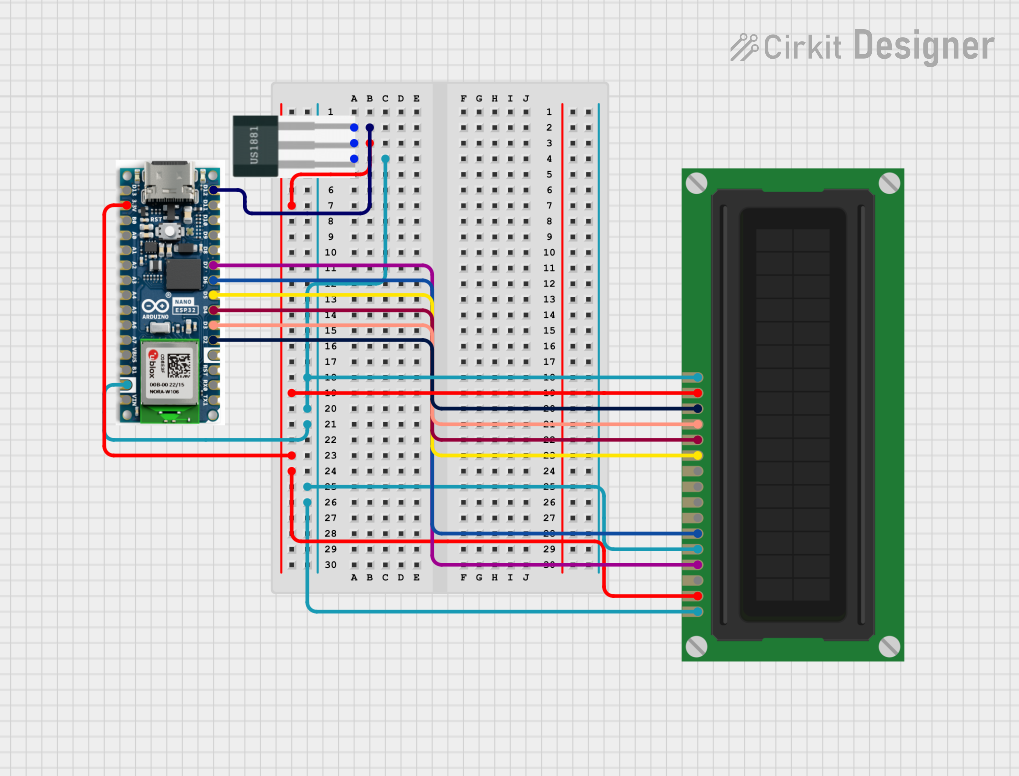
 Open Project in Cirkit Designer
Open Project in Cirkit Designer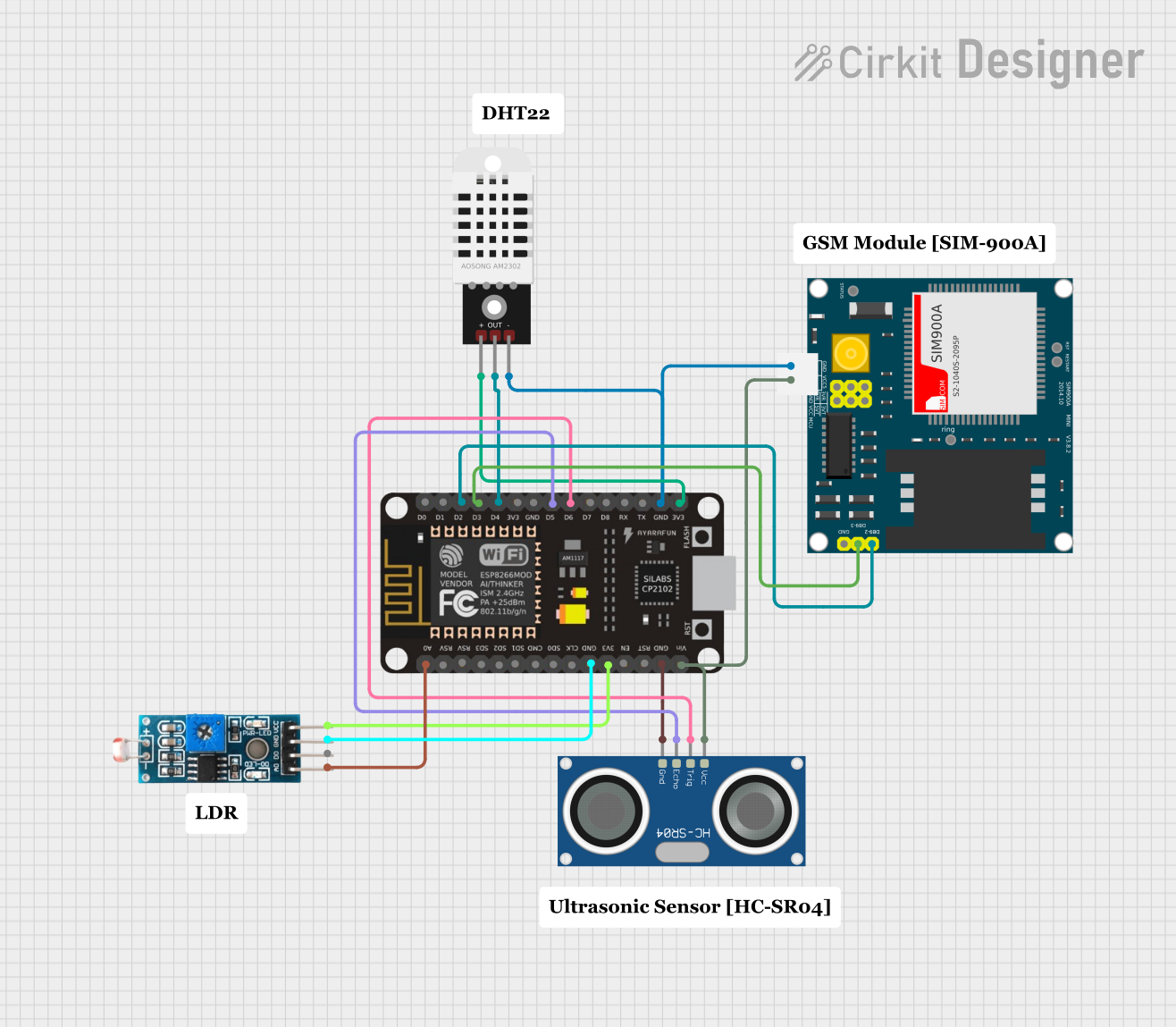
 Open Project in Cirkit Designer
Open Project in Cirkit Designer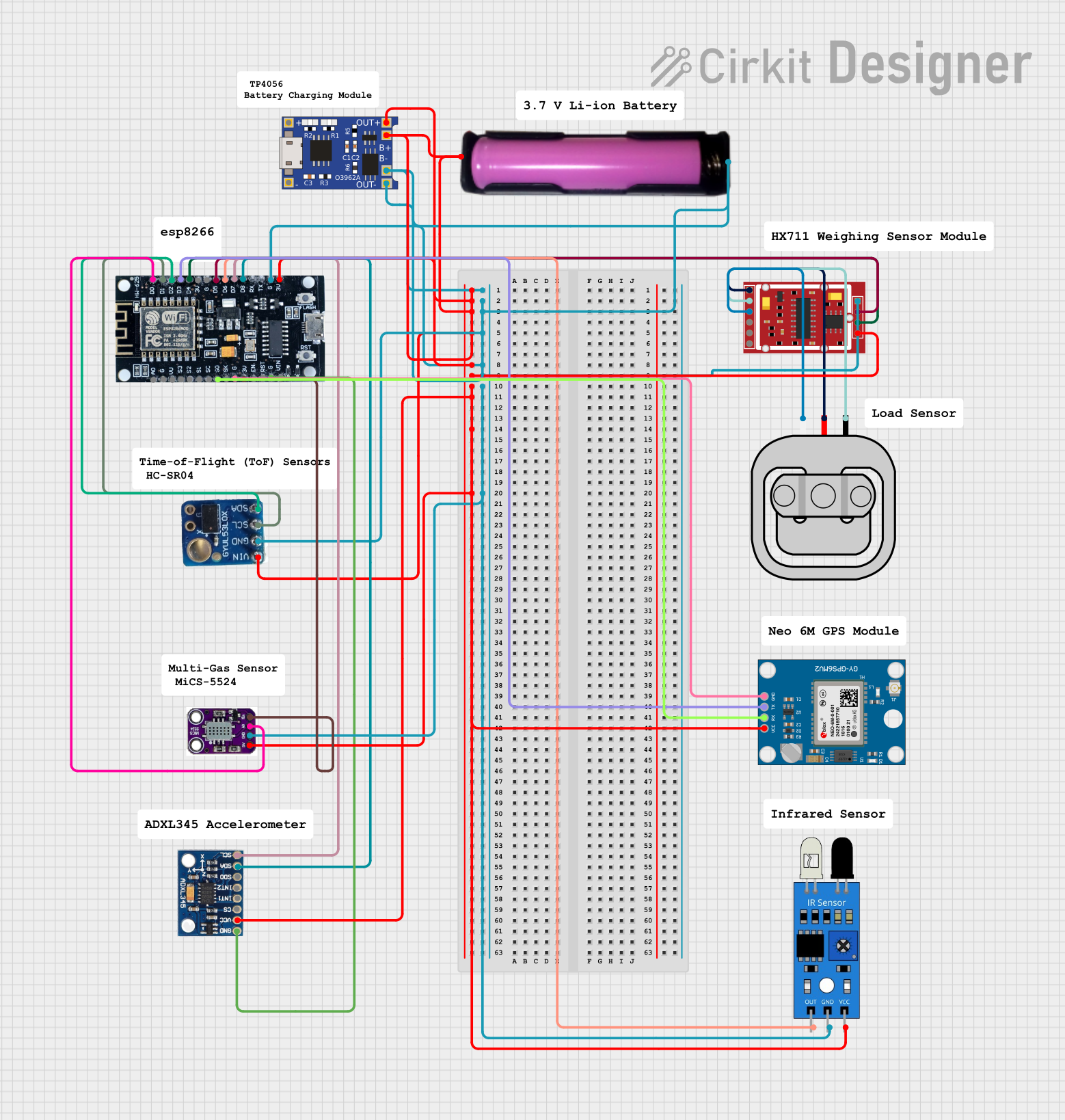
 Open Project in Cirkit Designer
Open Project in Cirkit DesignerExplore Projects Built with LM393 Hall Effect Sensor Module

 Open Project in Cirkit Designer
Open Project in Cirkit Designer
 Open Project in Cirkit Designer
Open Project in Cirkit Designer
 Open Project in Cirkit Designer
Open Project in Cirkit Designer
 Open Project in Cirkit Designer
Open Project in Cirkit DesignerCommon Applications and Use Cases
- Proximity Sensors: Detecting the presence of magnetic objects in industrial or consumer devices.
- Speed Measurement: Monitoring the rotational speed of motors or wheels.
- Position Sensing: Determining the position of moving parts in machinery.
- Magnetic Field Detection: Identifying the presence of magnetic fields in scientific or educational experiments.
Technical Specifications
The LM393 Hall Effect Sensor Module is based on the LM393 comparator IC and a Hall effect sensor. Below are the key technical details:
Key Technical Details
- Operating Voltage: 3.3V to 5V DC
- Output Type: Digital (High/Low)
- Output Current: 15mA (maximum)
- Sensitivity: Detects magnetic fields with a north or south pole
- Response Time: Fast response to changes in the magnetic field
- Operating Temperature: -40°C to +85°C
- Dimensions: Compact module design for easy integration
Pin Configuration and Descriptions
The LM393 Hall Effect Sensor Module typically has three pins. The table below describes each pin:
| Pin Name | Pin Number | Description |
|---|---|---|
| VCC | 1 | Power supply input (3.3V to 5V DC) |
| GND | 2 | Ground connection |
| OUT | 3 | Digital output signal (High/Low) |
Usage Instructions
How to Use the Component in a Circuit
- Power the Module: Connect the
VCCpin to a 3.3V or 5V DC power source and theGNDpin to the ground of your circuit. - Connect the Output: Attach the
OUTpin to a digital input pin of a microcontroller (e.g., Arduino UNO) or to an external circuit for further processing. - Place a Magnet: Position a magnetic object near the Hall effect sensor. The module will output a digital signal (
HighorLow) based on the presence or absence of the magnetic field.
Important Considerations and Best Practices
- Magnet Orientation: Ensure the magnet's pole is aligned correctly with the sensor for accurate detection.
- Power Supply: Use a stable power source to avoid erratic behavior.
- Distance Sensitivity: The detection range depends on the strength of the magnetic field. Test the module with your specific magnet to determine the optimal distance.
- Debouncing: If the output signal fluctuates, consider adding a software debounce routine in your microcontroller code.
Example Code for Arduino UNO
Below is an example of how to use the LM393 Hall Effect Sensor Module with an Arduino UNO:
// LM393 Hall Effect Sensor Module Example Code
// Connect the OUT pin of the module to Arduino digital pin 2
const int hallSensorPin = 2; // Pin connected to the OUT pin of the sensor
const int ledPin = 13; // Pin connected to the onboard LED
void setup() {
pinMode(hallSensorPin, INPUT); // Set the sensor pin as input
pinMode(ledPin, OUTPUT); // Set the LED pin as output
Serial.begin(9600); // Initialize serial communication
}
void loop() {
int sensorState = digitalRead(hallSensorPin); // Read the sensor output
if (sensorState == HIGH) {
// Magnetic field detected
digitalWrite(ledPin, HIGH); // Turn on the LED
Serial.println("Magnetic field detected!");
} else {
// No magnetic field detected
digitalWrite(ledPin, LOW); // Turn off the LED
Serial.println("No magnetic field detected.");
}
delay(100); // Small delay for stability
}
Troubleshooting and FAQs
Common Issues and Solutions
No Output Signal:
- Cause: Incorrect wiring or loose connections.
- Solution: Double-check the connections, ensuring the
VCC,GND, andOUTpins are properly connected.
Erratic Output:
- Cause: Unstable power supply or interference.
- Solution: Use a decoupling capacitor (e.g., 0.1µF) across the power supply pins to stabilize the voltage.
Low Sensitivity:
- Cause: Weak magnetic field or incorrect magnet orientation.
- Solution: Use a stronger magnet or adjust the orientation for better detection.
Output Always High or Low:
- Cause: Faulty module or damaged Hall effect sensor.
- Solution: Test the module with a known working magnet. Replace the module if necessary.
FAQs
Q: Can the LM393 Hall Effect Sensor Module detect both north and south poles of a magnet?
A: Yes, the module can detect the presence of a magnetic field regardless of the pole orientation.
Q: What is the maximum detection range of the module?
A: The detection range depends on the strength of the magnetic field. Typically, it ranges from a few millimeters to several centimeters.
Q: Can I use this module with a 3.3V microcontroller?
A: Yes, the module operates within a voltage range of 3.3V to 5V, making it compatible with 3.3V microcontrollers.
Q: Is the module suitable for outdoor use?
A: The module is not weatherproof. If used outdoors, ensure it is enclosed in a protective casing to prevent damage from moisture or dust.